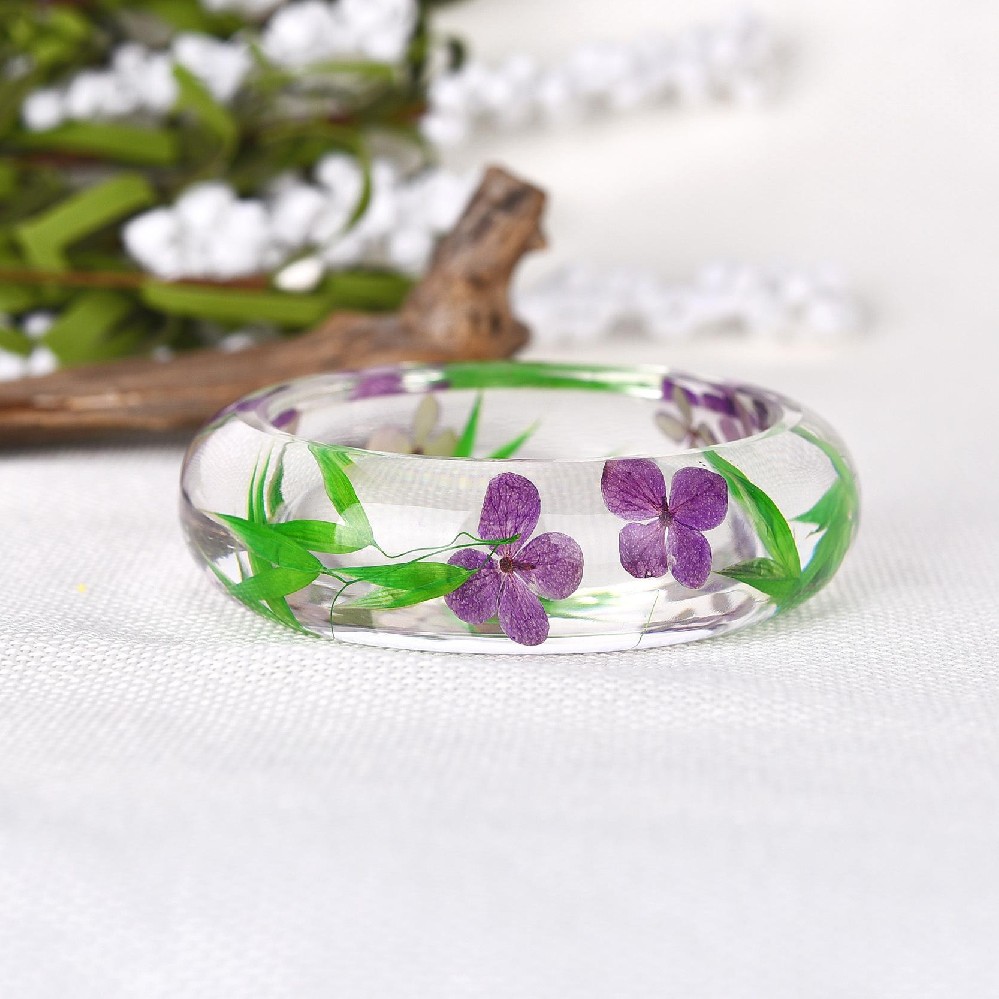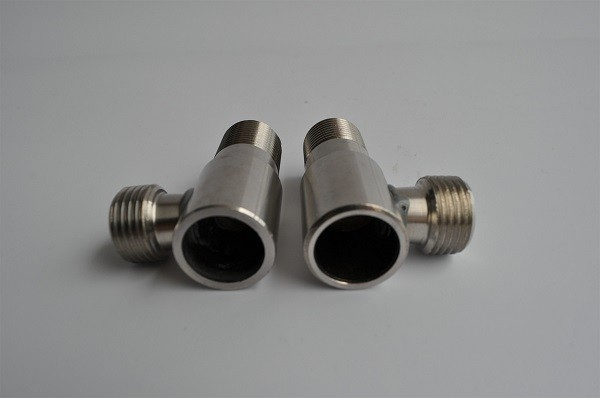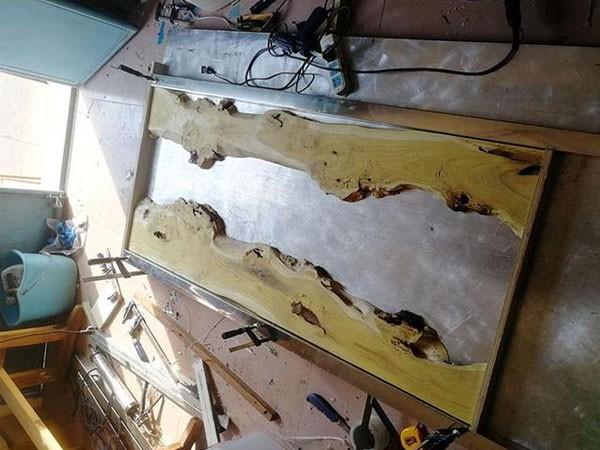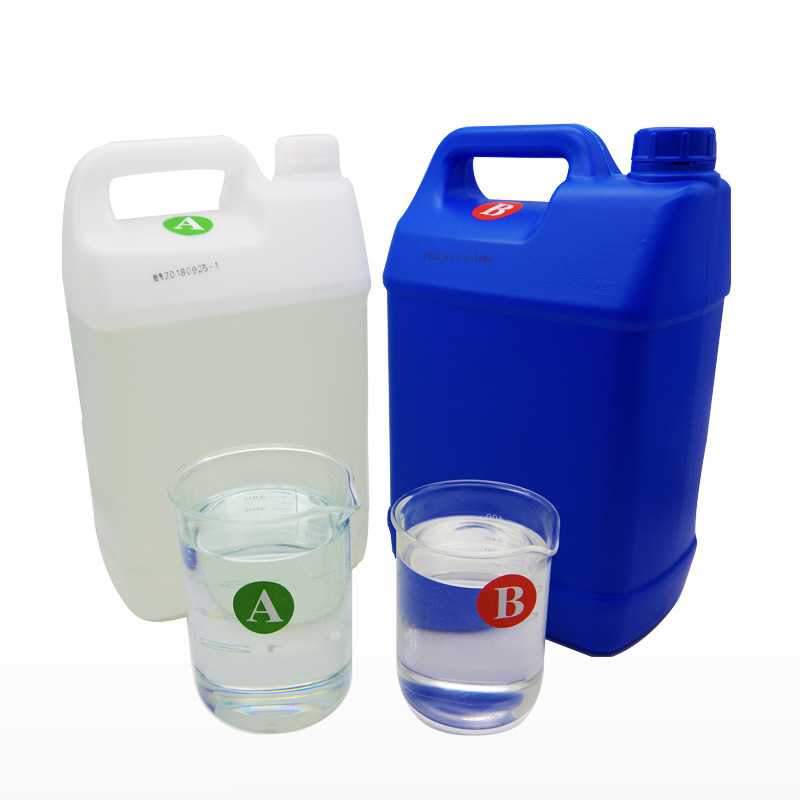

Can AB Glue Bond Iron?
Epoxy-based AB glue effectively bonds metals like iron and copper, offering strong adhesion and water resistance. While silicone adhesives can also be used, they generally provide lower bonding strength compared to epoxy.
Why Epoxy AB Glue Works for Metal Bonding
AB glue is a two-part (A+B) epoxy adhesive known for:
- High Transparency: Cures clear with no visible residue, ideal for aesthetic applications.
- Room-Temperature Curing: Requires no heat, making it convenient for on-site repairs.
- Environmental Friendliness: Low-VOC, non-toxic formulations (check product specs for certifications).
- Multi-Purpose Strength: Bonds rigidly with high tensile and shear strength, resists oil, water, and shocks.
- Electrical & Physical Properties: Provides excellent insulation, compression resistance, and low shrinkage after curing, suitable for electronic components and structural parts.
Applications for Metal Bonding
AB glue is widely used in:
- Household & Industrial Repairs: Bonding stainless steel doors/windows, furniture, pipes, and metal panels.
- Crafts & Decor: Attaching metal accents to ceramics, glass, or crystals in jewelry or decor.
- Electronics & Automotive: Securing metal components in appliances, motors, or automotive parts.
Choosing the Right AB Glue for Metals
For bonding iron, copper, aluminum, stainless steel, and other ferrous/non-ferrous metals (e.g., stainless steel fixtures, metal art), select a high-strength epoxy AB glue with:
- Fast Curing: Sets within 5–30 minutes for quick repairs (full cure in 24 hours).
- Metal-Specific Formulation: Look for products labeled “metal bonding” or “structural epoxy.”
- Gap-Filling Ability: Suitable for uneven surfaces (check viscosity; thicker formulas fill gaps better).







